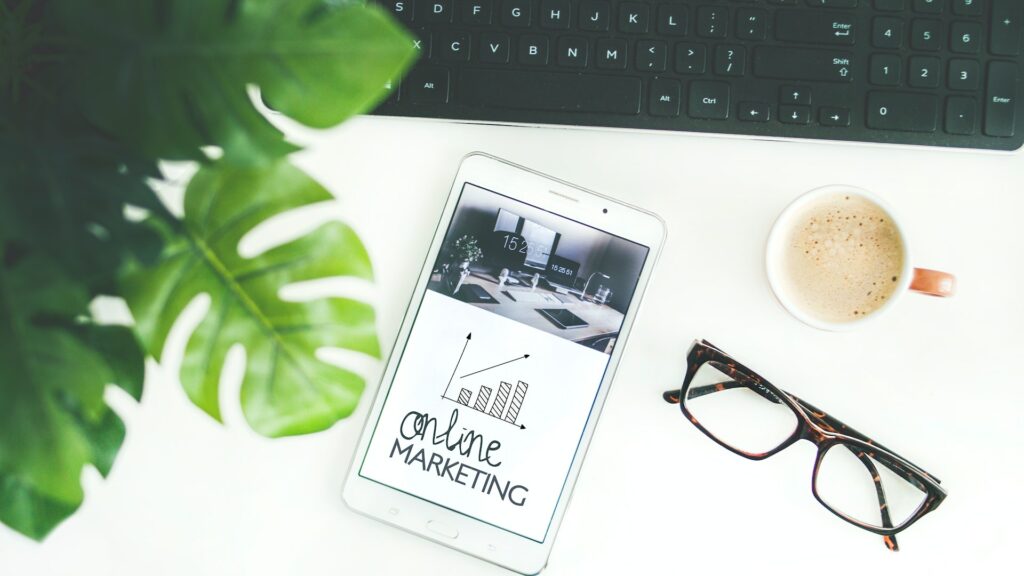A part of my responsibilities in my working career has been to coach the ‘neo-marketers’. And one question I often get asked by these curious young minds is:
“Why do ‘ingredient brands’ such as Intel or Teflon need to advertise?”
The answer lies in understanding the way humans function. ‘Decision Fatigue’ is a phenomenon, many a brand have used to win consumers over.
We might not notice it, but to make a choice is quite stressing for the human brain.
Barrack Obama, for the same reason, wore only black or navy suits.
Decision fatigue is what you experience when you trek through luring display areas at Ikea. And you overcome this tiredness by gorging on super-low-cost food at their right-in-the-middle restaurants. For your information, the restaurant business for Ikea contributes to over 5%of total revenue of Ikea, which is huge for a home furnishing brand.
One way to overcome decision fatigue for humans is to set a minimum acceptable cut-off level for the attributes he/she considers important and eliminate from his/her choice anything that doesn’t meet those minimum cut-off levels.
Now, imagine Intel bombarding the consumer with its ‘specialness’ and making itself a minimum acceptable cutoff attribute. When the consumer goes computer/laptop buying, he/she sets the ground clear by first eliminating everything that doesn’t have Intel. So, by marketing itself well and adequately, Intel is putting pressure on the PC makers via the consumer to have Intel in their PCs.
Same is true for Teflon. Visa. Master Card. This consumer decision process that you just witnessed is called Heuristic (Dictionary definition of heuristic: enabling a person to discover or learn something for themselves).



